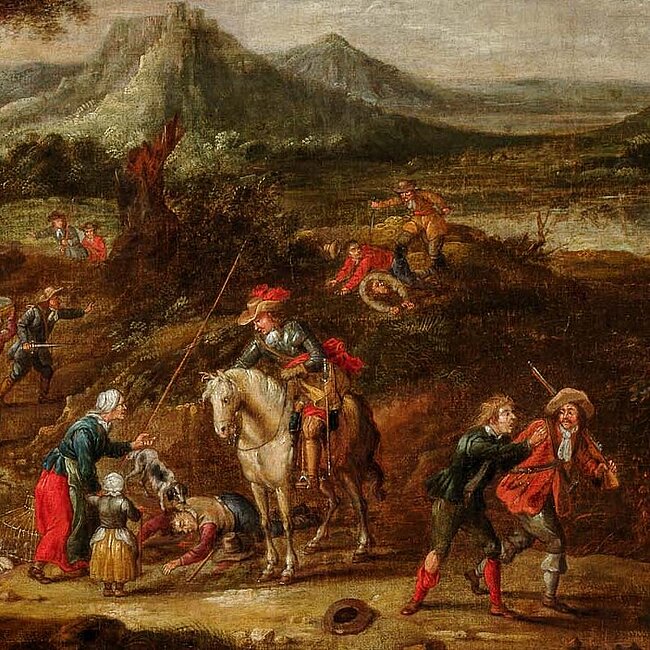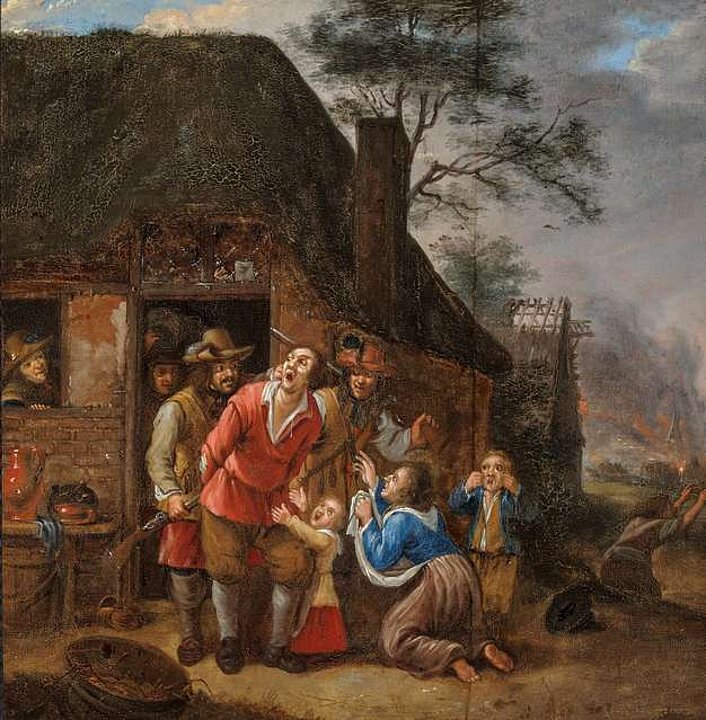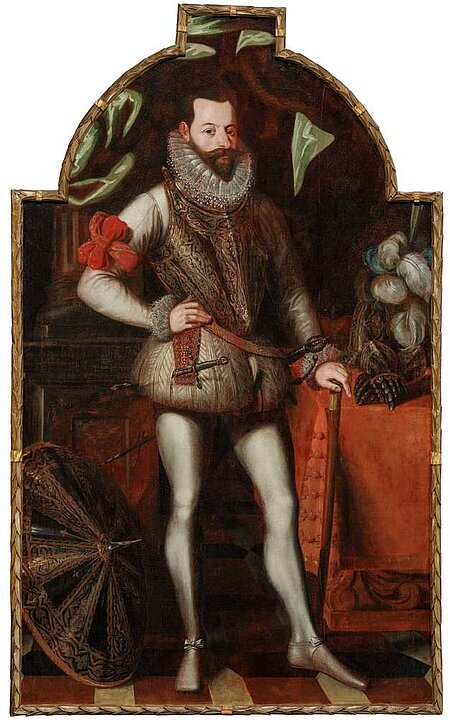The entire modern period is filled with bloody conflict, Despite all efforts, the religious issue remains unresolved. The dispute between Catholics and Protestants has long been smouldering, in 1618, it culminates in the Thirty Years’ War. Europe is now a single theatre of war, a theatrum belli. The result is devastation of enormous proportions. Violence afflicts everyone, regardless of age and gender. Even faith falters, people despair.
War is ubiquitous, even in art. Countless painters depict fictional fighting in their workshops. Dutch artists are particularly specialised in this. Not only major battles, but also skirmishes become themes which repeatedly portray the unleashed rage of combat. Frequently, the depictions are of soldiers robbing travellers. Since most of them are without pay and themselves destitute, they become thieves and murderers out of sheer necessity. The brutal violence perpetrated against defenceless peasants who have been robbed, tormented or killed by soldiers, is also mercilessly depicted by the painters of the time.





















